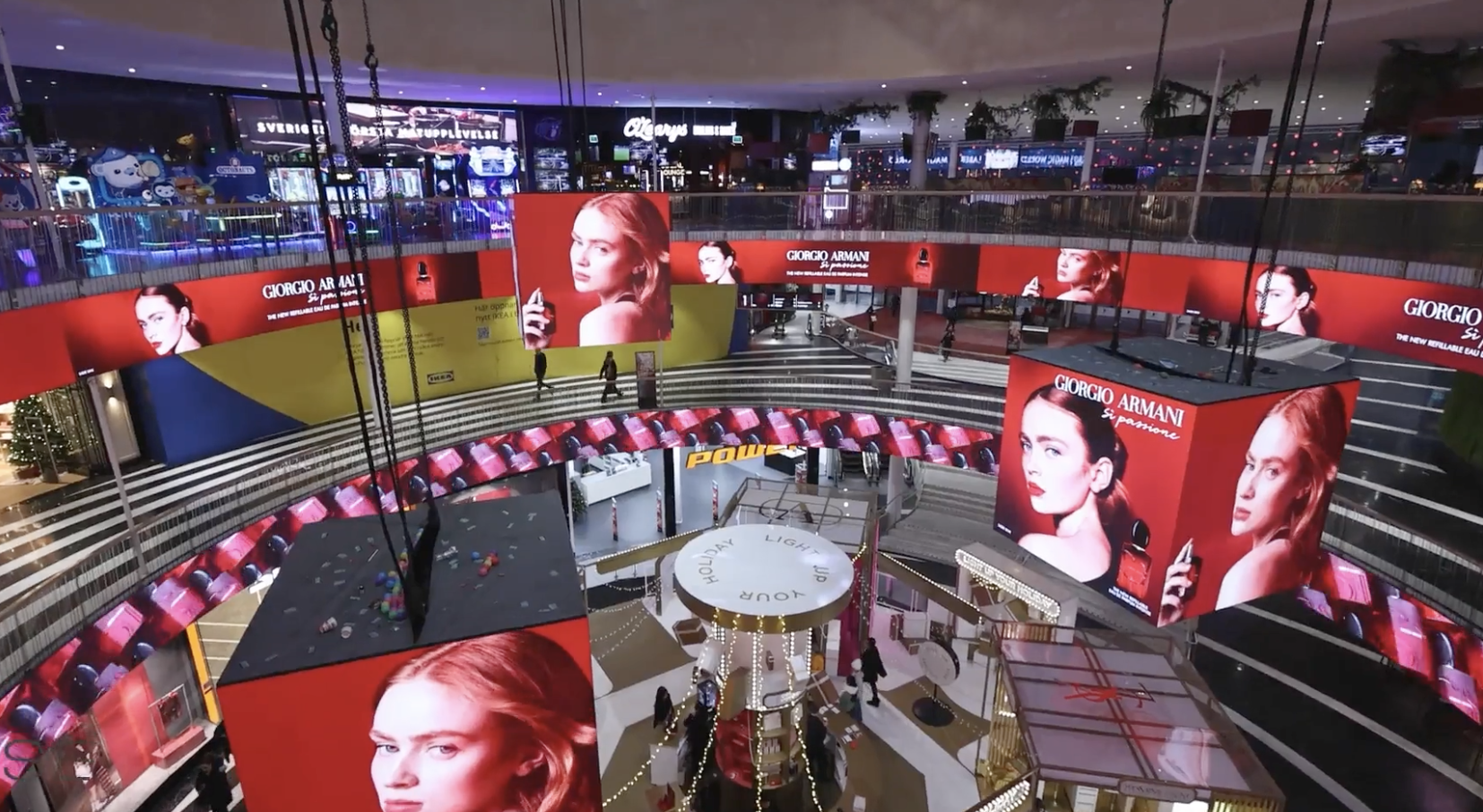In this extract from our recent Deep Dive into sustainability, available here, we look at warehouse sustainability.
According to a report by the Carbon Trust, the overwhelming majority of energy usage in a typical warehouse comes from lighting, accounting for between 65 and 95% of the total.
Some changes are procedural; either manually or automatically ensuring that unnecessary lighting is off is a good place to start. As well as better staff education, warehouse operators can use sensors to automate this process. Motion-controlled sensors ensure that lights are only used when staff are nearby, while light level sensors can adjust the level of lighting based on the amount of natural light available.
Some of the fixes are to do with materials, where small changes can generate huge efficiencies. According to the US government, LED lights use 75% less energy than standard incandescent lighting, as well as having longer lives.
As an example of good practice, XPO Logistics plans to install intelligent LED lighting systems across 75% of its total space in Europe by the end of 2020. The systems use sensors to adjust to natural light and activity levels to detect optimal lighting.
Heating
The next biggest energy cost is heating by either gas, oil or kerosene, accounting for 15% of energy usage in the Carbon Trust report. Here the priority should be insulation and air tightness, as the largest chunk of heat loss for a typical industrial building is from air leakage, followed by through the floor and roof panels.
With sufficiently effective insulation heating needs can be reduced to a minimum. How much heating is required will be driven by staff needs. Here warehouse operators should use precise timing controls to ensure that heating is only turned on during working hours.
It is also important to distinguish within the warehouse between areas where staff will be regularly working and storage areas.
Power sources
Some companies are also powering distribution centres through alternative energy sources such as wind and solar.
Zalando has announced plans to install solar panels across all of its distribution centres by 2023. Amazon, meanwhile, has 70 renewable projects across the globe, with the largest being Amazon Wind Farm Texas, a 253 MW wind farm in the western part of the state. With more than 100 turbines, the project generates 1 million megawatt hours (MWh) of wind energy annually, enough to power almost 90,000 U.S. homes for a year.
Benchmarking
To get a holistic view of how sustainable a warehouse is, some retailers are building their new distribution centres to accord with third-party certifications such as BREEAM. BREEAM assesses buildings based on how sustainably they use natural resources, the materials employed in the construction and their reduction of carbon emissions.
For example, Decathlon’s new distribution centre in Tilburg and the Co-op’s depot in Bedfordshire in the UK will both be built to the BREEAM certification.
You can access the full report here.
Image credit: Fotolia








